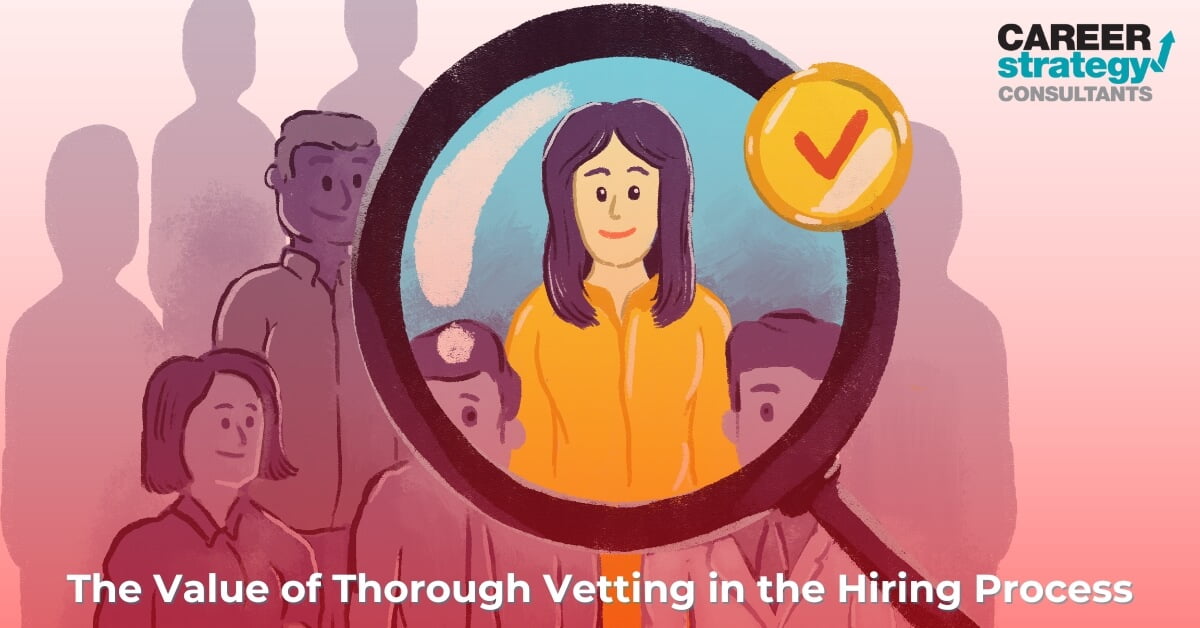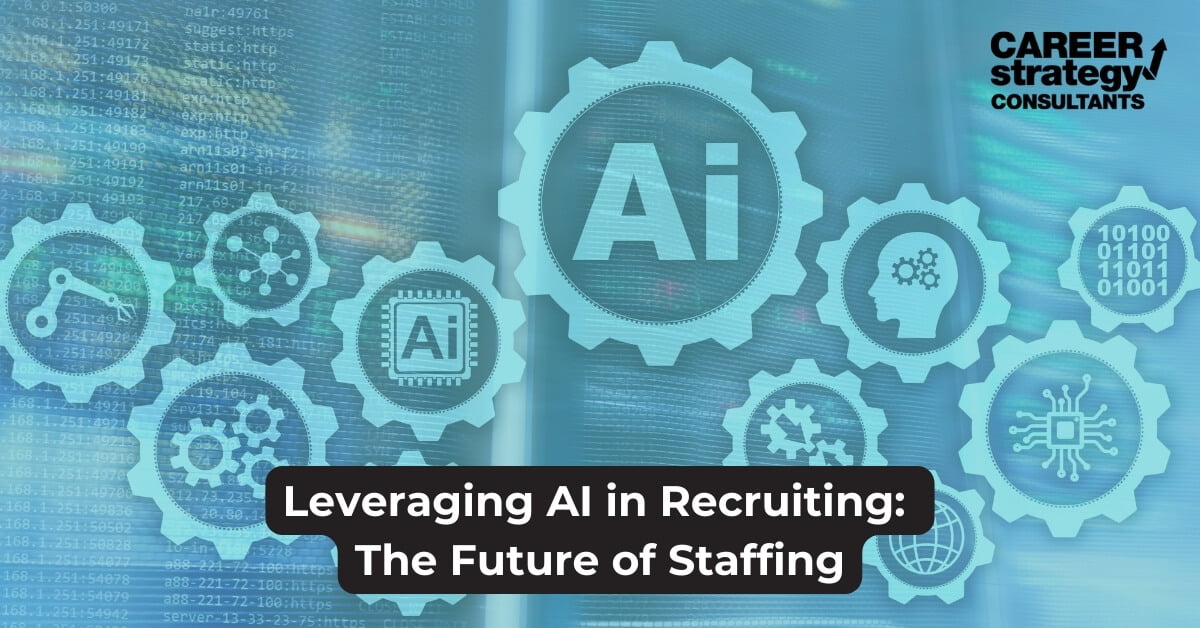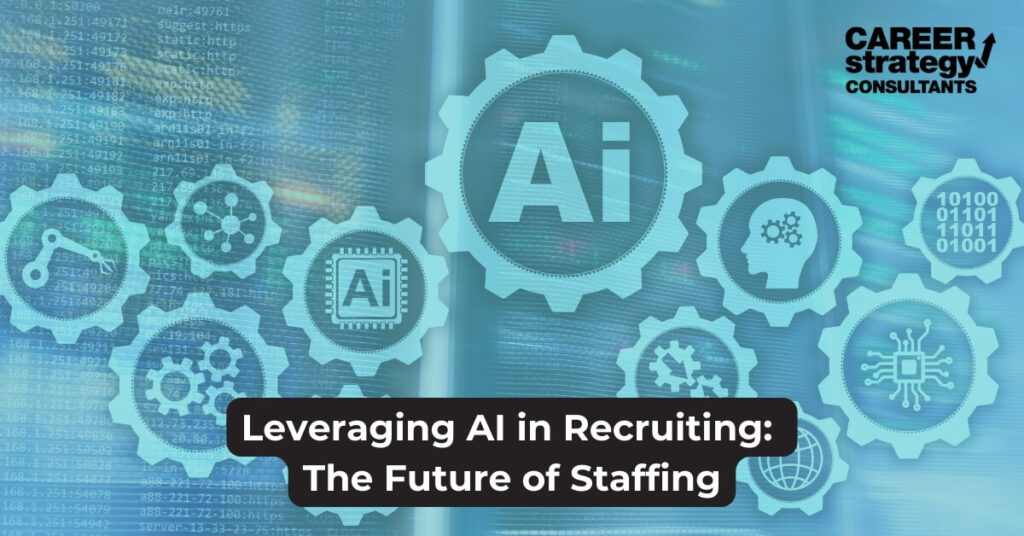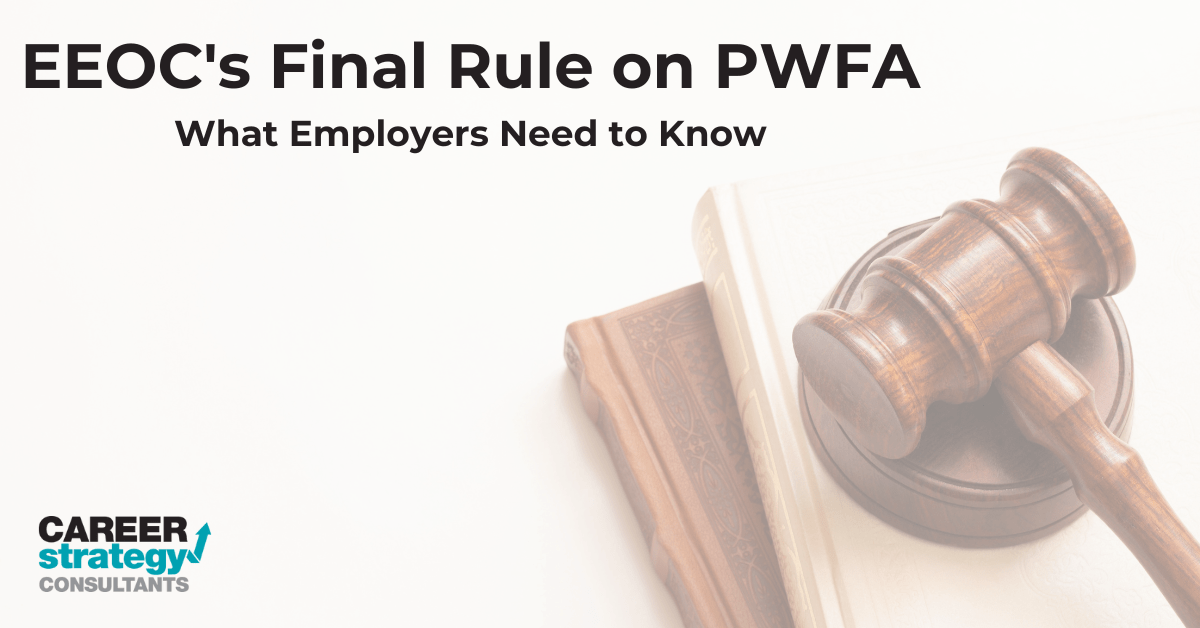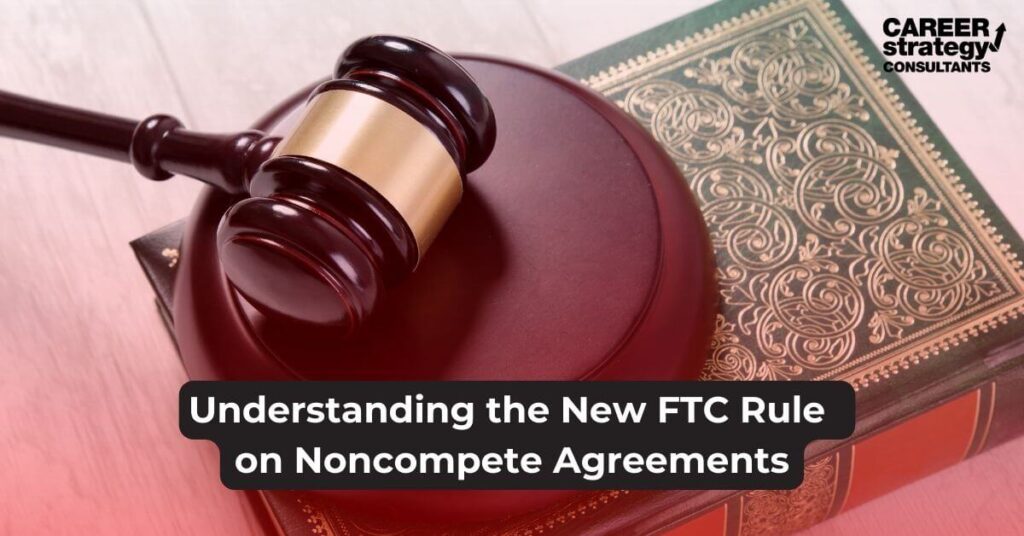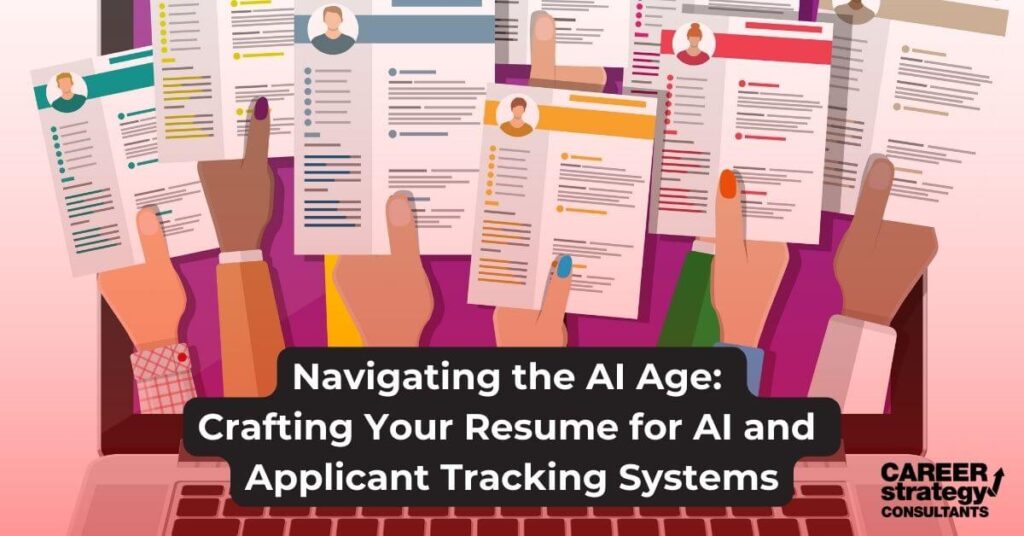The Value of Thorough Vetting in the Hiring Process
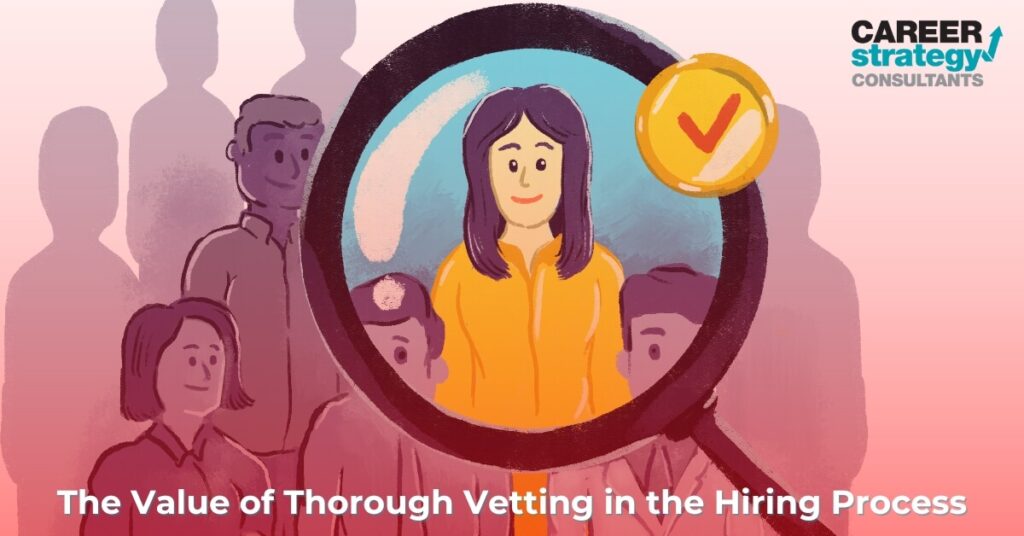
Introduction
Finding the right candidates for your organization can be challenging. A thorough vetting process is essential to ensure that candidates not only have the required skills but also fit well with your company culture. Rigorous vetting can save clients significant time and money by reducing the risk of hiring mismatches. Here are some insights into why thorough vetting is crucial and how it can benefit your organization.
Section 1: The Importance of Rigorous Vetting
Saving Time and Money
A rigorous vetting process involves multiple stages to ensure that only the best candidates are considered for the role. This process includes initial resume screening, detailed interviews, reference checks, and sometimes aptitude assessments. By investing time upfront to thoroughly vet candidates, companies can avoid the costly repercussions of a bad hire. This not only includes the financial cost of rehiring but also the potential negative impact on team morale and productivity.
Improving Retention Rates
When candidates are meticulously vetted, they are more likely to be a good fit for both the role and the company culture. This increases the chances of long-term retention. High retention rates are beneficial as they reduce the ongoing costs associated with recruiting and training new employees. Employees who feel they are a good fit are also more likely to be engaged and perform well in their roles.
Enhancing Team Dynamics
A thorough vetting process helps ensure that new hires will integrate well with the existing team. This is crucial for maintaining a positive work environment and promoting collaboration. When team dynamics are strong, productivity and job satisfaction increase, contributing to overall business success. Thorough vetting considers not only skills and experience but also personality and cultural fit, ensuring harmonious team interactions.
Section 2: Case Studies
Examples of Successful Placements Due to Detailed Vetting
- General Manager Placement: We successfully placed a General Manager for a leading manufacturing company. Our vetting process ensured that the candidate had the necessary leadership skills and industry experience, resulting in improved operational efficiency and employee satisfaction.
- Director of Engineering: For an OEM client in the automotive industry, we placed a VP of Engineering who has since led several innovative projects and streamlined engineering processes. Our detailed vetting highlighted the candidate’s technical expertise and strategic vision, making them an ideal fit for the role.
- Chief Metallurgist: A steel manufacturing client benefited from our placement of a Chief Metallurgist who brought significant improvements in product quality and process efficiency. The candidate’s deep industry knowledge and problem-solving skills were key factors in their successful integration.
Conclusion
Thorough vetting is crucial in the hiring process to ensure the best candidate fit. Rigorous vetting saves time and money, improves retention rates, and enhances team dynamics. At CSC, we are committed to providing thorough vetting processes that benefit our clients by presenting well-qualified and culturally fitting candidates. Experience the CSC difference and let us help you find the perfect candidates for your organization. Visit our website to get started now!
Legal Disclaimer: This blog is for informational purposes only and does not constitute legal advice. Employers should consult with an attorney to address specific legal concerns and ensure compliance with applicable laws.
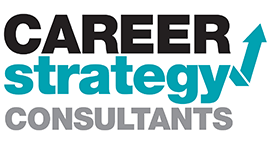
More Than Just Staffing
For Employers
For Individuals
